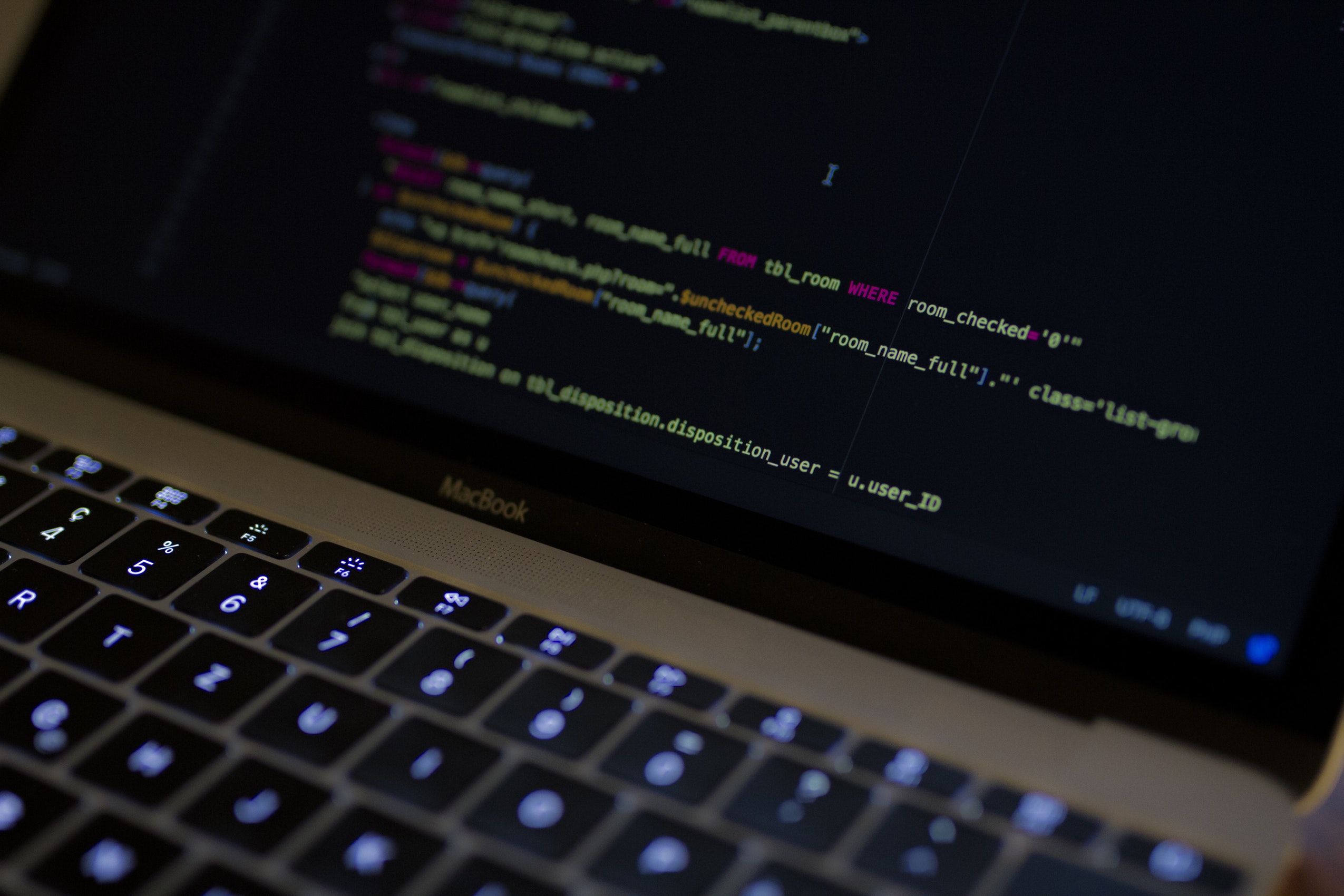Current Capabilities of GraphiC:
Since GraphiC is a library you need not limit yourself to the ‘canned’ plot types provided. With the lower level routines included you can design new ways to display your data for maximum impact quite easily. Following is a description of some of the major features included with GraphiC.
GraphiC has the capability of generating many types of plots:
- linear x-y plots
- log-log plots
- linear contour plots
- 3-D curves
- 3-D surfaces
- 3-D bars
- polar plots
- bar charts
- pie charts
- waterfall plots
- plume plots
- Smith charts
- error function plots
- polar contour plots
- wedge plots
- triangle contour plots
- error function plots
- statistical functions
- and more
Below are more detailed descriptions of some of the main features found in GraphiC: Linear and log plots, Curves, Vectors, Smoothing, Panel filling, Contour plots, 3-D Surfaces, Polar plots, Plume plots, Bar charts, Pie charts, Smith charts, Annotation, Fonts, Cross hairs, Output files, Post processing, Printers, plotters, and video cards.
Linear and log plots
- All linear and log plots are self-scaling, but you may also specify your own scales. Axis-crossing points may be specified by the user on linear plots.
- log plots may be to any base and logarithmic axes need not start or end on even decade values.
- An additional linear y axis, with a different scale may be positioned at the right end of the x axis.
- axis labels may be oriented at any angle.
- String labels may be used.
- A windowing feature allows for cropping of a plot on a specified rectangular boundary. A second plot may be drawn in this region. Scaling and positioning of this second plot are automatic.
- Curves may be drawn in any of nine line types and in any of 232 different colors.
- Thickening of any line may be specified. The beginning and end of a sequence of continuous segments are square, and intermediate intersections are joined smoothly.
- Markers may be placed every N datum points. Sixteen symbol types are provided.
- Data may be represented by the points alone.
- x and/or y error bars may be inserted.
- A legend-box facility is provided for the style choices. The line styles for the curves are automatically chosen from the sequence of styles in the legend box.
- Vectors may be drawn with several head styles on either or both ends.
- Facilities are included for cubic spline smoothing of either two dimensional (2-D) or three dimensional (3-D) plots.
- An additional smoothing method using piece-wise linear regression is provided for scattered data points.
- A data-smearing function is provided for smoothing jagged 2-D and 3-D plots.
- Fast panel filling is provided for figures with any number of sides and holes up to the limit of computer memory. Filling may be done with solid colors, 16 geometric patterns, 125 dithered patterns, or 248 RGB colors.
- Contour plots may be created from a matrix of points or from a function which you define.
- The contour grid may have a resolution of up to 16k by 16k points.
- Contour plots may have every nth curve labeled.
- The line style and color may be specified for each level.
- The regions between two adjacent contours may be filled.
- Contour plots may be made from data scattered randomly in the x-y plane. An interpolation algorithm along with cubic spline smoothing is used to get values on a regularly spaced grid.
- Patch plots handle highly-discontinuous finctions.
- Polar contour plots<$Icontour plots;no labels on polar plots> can be made with or without shaded contours.
- With provided macros you can flag missing data points which the contour plotter will ignore.
- The (x,y) vectors may be retrieved for a given f(x, y).
- 3-D surfaces may be created from a matrix of points or from a function which you define.
- The 3-D grid may have a resolution of up to 16k by 16k points.
- 3-D surfaces have optional hidden line removal.
- Waterfall plots are supported.
- Either or both of the top and bottom sides of the surface may be shown.
- The two sides of the surface may be drawn in different colors.
- Mesh cells may be filled with any of the GraphiC pattern choices with the pattern for each cell determined by the average height of the cell, or the height may be filled at level contours.
- 2-D plots may be superimposed on a 3-D plot. They may be positioned anywhere in the x-y, x-z, or y-z planes. With this facility, a contour plot can be displayed along with the corresponding 3-D surface, or individual contours may be positioned on the 3-D surface at the proper height.
- Vertical bars may be drawn in place of the wire-mesh pattern.
- Labels may be added at locations defined in user units.
- 3-D surfaces may be made from data scattered randomly in the x-y plane. An interpolation algorithm along with cubic spline smoothing is used to obtain values on a regularly spaced grid.
- With provided macros, missing data points can be flagged. Grid points with missing data are not used in the surface and a gap is created.
- Angled string labels for axes may be used.
- Polar plots have user-specified circular grid lines with string labels. Labels are positioned below the zero-degree radial line.
- Radial line intervals are user controlled.
- Polar contour plots are available.
- Represent f(x, y) using scattered data points.
- Bar charts may have multiple sets of stacked bars or displaced bars.
- Bars may be filled with any of the standard fill patterns and colors.
- String labels may be used.
- Pie charts have automatically positioned legends.
- Individual slices may be filled with the standard selection of colors and patterns, and they may be pulled out radially.
- The Smith chart is highly detailed. Provision is made for plotting impedance points and reflection coefficients and for drawing lines at a constant reflection coefficient.
- Data may be retrieved from the chart.
- Plots can be annotated with the text in close-fitting protected regions.
- Text can be placed on the plot at a location specified in plot units, inches, or pixel units.
- A selection of high-resolution, proportionally spaced fonts is provided including a large number of filled fonts.
- English fonts contain a full complement of European characters.
- As many as four fonts (user-controlled limit) can be active at any time and can be intermixed as desired.
- You may control the height, character spacing and line spacing.
- Unlimited levels of super- and subscripts are supported, with a user-adjustable size reduction and shift ratio.
- Plots containing only text are easily made.
- Letters may be widened, skewed, emboldened or colored.
- The filled fonts can be drawn with the filling option turned off to provide outline fonts.
- PostScript fonts may be used on PostScript output devices.
- With the optional extension, GraphiC/PST, all of your Type I PostScript and TrueType fonts may be used interchangeably with GraphiC fonts.
- Cross hairs may be displayed and positioned with a mouse or the arrow keys.
- Any time after the axes are drawn, you may call curson() to display the cross hairs on the screen. The current position is displayed in either inches or in the units of your plot. You can then annotate the plot with lines and labels in an interactive fashion.
- Values at selected points are saved in arrays which you can use for further processing.
- The cross hairs can be used to follow a curve.
- Output is written to a disk file in extended 8192 X 6266 Tektronix 4105 format (TKF). It also may be viewed on the screen as it is being generated.
- TKF files can be converted to PostScript (levels 1 and 2), GEM, PIC, TIFF, CGM, SCODL, HP-GL, and HP-GL2 file formats. Standard Tektronix 4014 and 4105 files can also be created. In addition, GraphiC can create Windows metafiles and bitmaps.
- While in the program that created it, a plot can be annotated with text and lines.
- A program called PLAY.EXE allows replay of a TKF file at any later time for zooming, printing and plotting.
- An insert mode allows a previously stored plot to be inserted in a window of another plot.
- The zoom mode uses the cursor to select a region of the picture to be enlarged. In a second mode, the cursor specifies a region into which the picture is to be compressed.
Printers, plotters, and video cards
- In DOS GraphiC supports a wide range of video cards and printers. Use this link to see a complete list of supported devices.
- In Windows and OS/2 GraphiC uses the native video and printer drivers.




